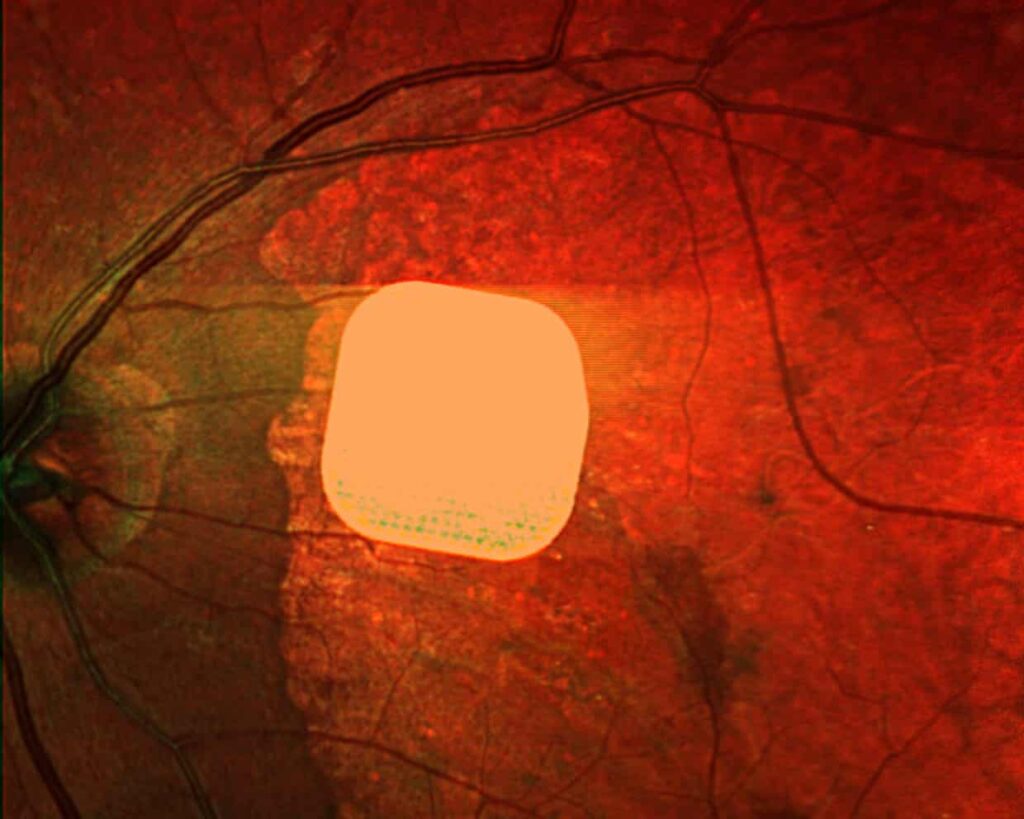A breakthrough in medical technology is offering new hope for people suffering from age-related macular degeneration (AMD), the leading cause of sight loss in Americans over 50. A tiny electronic eye implant—half the thickness of a human hair—is helping patients regain their ability to read letters, numbers, and words, something many thought impossible.
The clinical trial, conducted across 17 hospitals in Europe and including 38 elderly participants, revealed that 84% of those fitted with the implant were able to read again. “Blind patients can now regain meaningful central vision, which has never been achieved before,” said Dr. Mahi Muqit, senior consultant at Moorfields Eye Hospital in London. “Regaining the ability to read significantly improves quality of life, boosts confidence, and restores independence.”
All trial participants had the dry form of AMD, also called geographic atrophy, a condition where cells in the macula gradually die, leading to central vision loss. Before the implant, all had lost their central vision, relying only on limited peripheral sight. The procedure to implant the device, known as the Prima chip, takes less than two hours and is performed under the retina through a vitrectomy.
Sheila Irvine from Wiltshire, one of the trial participants at Moorfields, described her experience: “Before the implant, it felt like I had two black discs in my eyes, with everything else distorted. I’ve always loved reading, and seeing a single letter again was unbelievable. It’s not easy to read right away, but with practice, it gets better every day.”
The Prima device is a tiny 2mm by 2mm microchip. To use it effectively, patients wear augmented reality glasses equipped with a video camera connected to a small computer worn on a waistband. The glasses capture images and project them as infrared light onto the chip. Artificial intelligence processes the visual data, converting it into electrical signals that pass through the retina to the brain.
Dr. Muqit emphasized that success depends on training and rehabilitation. “This isn’t just a matter of inserting a chip; patients must learn to use this type of vision, which requires patience and guidance,” he said.
Experts are calling the results “remarkable” and hope the Prima device could transform treatment for millions of people affected by dry AMD worldwide. The trial’s results were published in the New England Journal of Medicine, marking a potential milestone in the fight against blindness.
With continued advancements in technology, devices like the Prima implant could soon offer a brighter future to those who have lost hope of seeing clearly again. For seniors struggling with AMD, this breakthrough represents more than just vision—it represents renewed independence, confidence, and quality of life.

